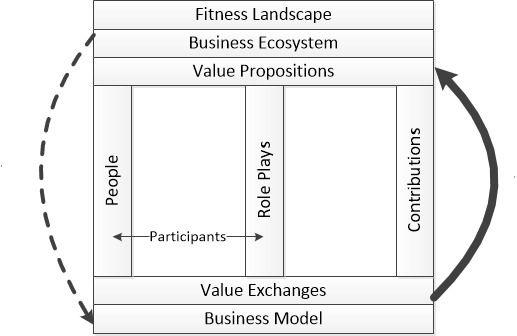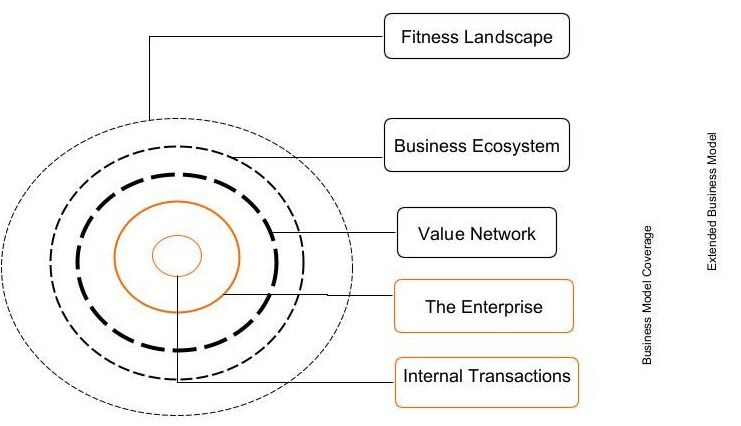Participants' Contributions (W5)
I am not a human resource, thank you, nor a human asset or capital. I am a human being. Henry Mintzberg - Understanding Organizations…Finally Courtesy of Dr Charles Ehin's We Space Theory

People in organizations are not Human Resources they are humans with specific competencies endeavouring to make a contribution to its assets by participating in value transactions. In whatever role they play (ROLES), they either use assets or contribute to them, hopefully in a positive value-adding way, or more simply by transferring existing value for use by others.
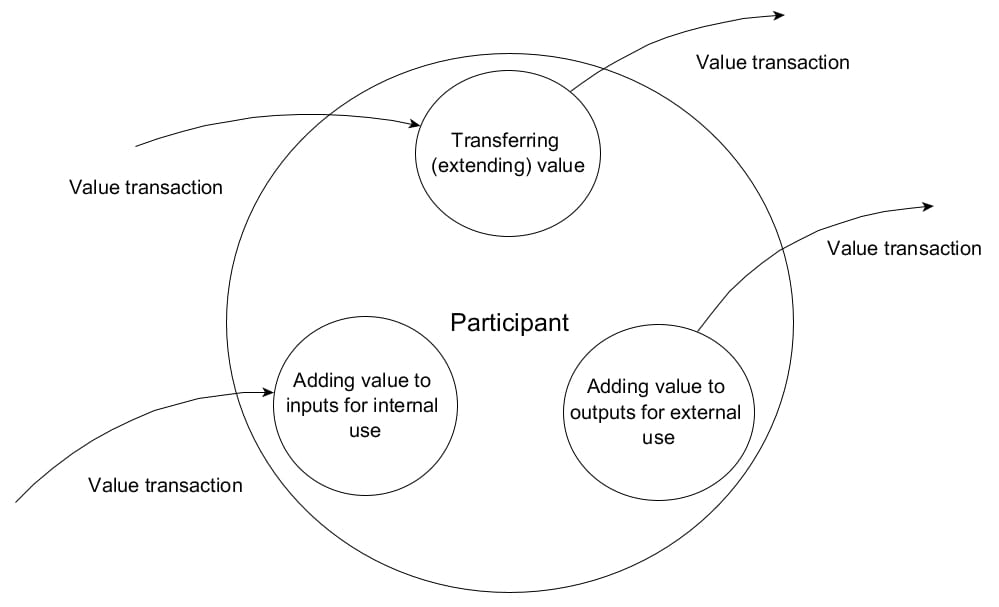
This reference to the inclusion of assets is important as the following question (posed by Professor Tim Jackson as Director of Surrey University's CUSP - Centre for Understanding Sustainable Prosperity - in conversation about VES) illustrates: "Where are the stocks?" - No doubt triggered by a focus on systems dynamics by the Centre.
It is also important to recognize the existence of both tangible assets and intangible ones. For example, an organization's balance sheet records principally tangible assets (the key exception being "goodwill".) How else can a successful firm's share value be far higher than its financially reported net assets other than a recognition of its intangible assets, such as business relationships?
Hence, bear in mind for future VES analyses, the several components that are assumed to lie within a Participant.
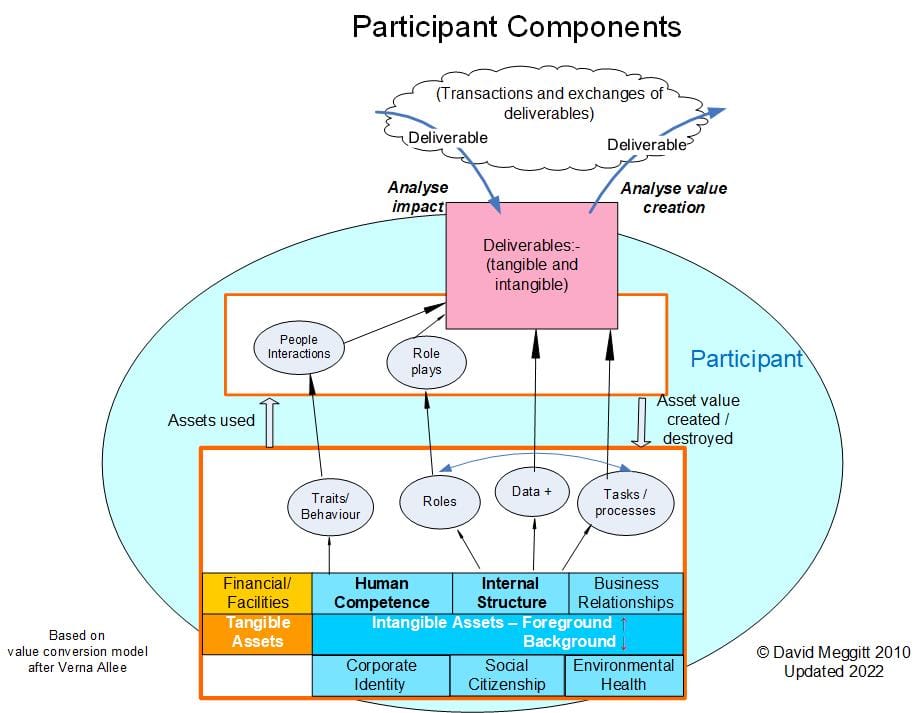
A fuller coverage of the categories of these assets, both tangible and intangible, is provided below. The recognition and designation of these different types of assets are both attributable to the pioneering work of the early contributors to "knowledge management," as acknowledged.
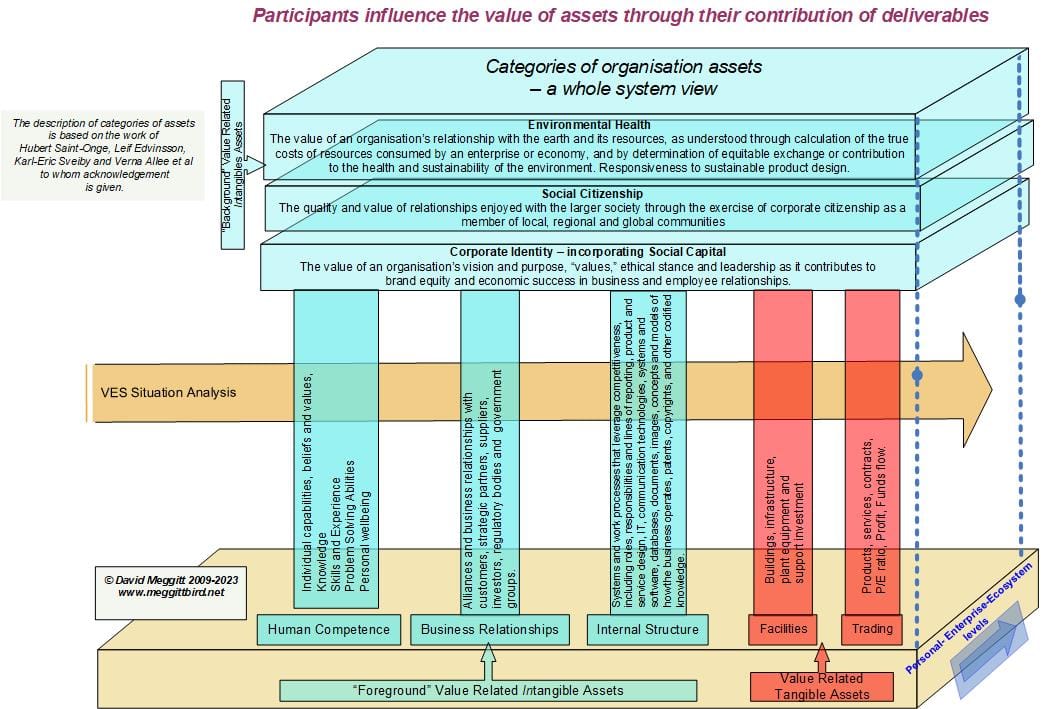
Reference was made in W2 to value transactions being either Formal or Informal
In practice, the vast majority of Formal transactions convey tangible assets (tangibles), and the Informal Networks convey intangible assets (intangibles.)
A comprehensive table of the possible combinations is provided in the VES Handbook, Table 2.2. (See WHO?), but need not concern the majority of users of VES.
Tell me if this all makes sense. Try the Comment box.

